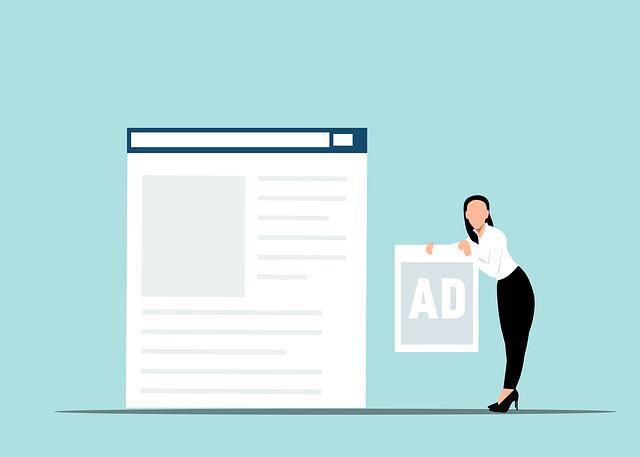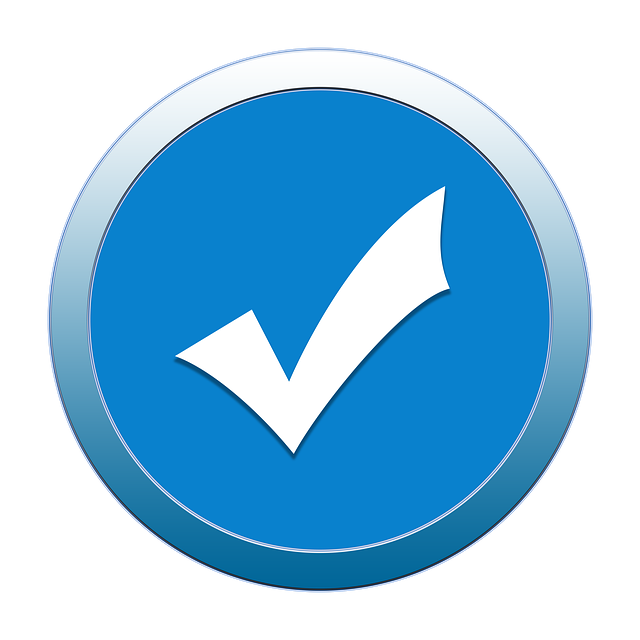Selecting suitable platform & domain name is key to building a successful website. Evaluate needs – choose specialized platforms for complex sites or standard CMS like WordPress for simplicity. Secure memorable domain reflecting brand and incorporating keywords for SEO. Mirror brand identity through layout, content, & navigation for enhanced usability. Plan content strategically, optimize for search engines, test across devices, then launch with promotions. Post-launch, monitor analytics, gather feedback, and adjust based on performance metrics.
Building a website from scratch can seem daunting, but with a structured approach, it becomes manageable. This comprehensive guide will walk you through the process step by step, ensuring a successful launch. From selecting the right platform and domain name to designing layout and content, each phase is crucial for creating an engaging online presence. Learn how to develop, test, and launch your website efficiently, leveraging SEO best practices to maximize visibility.
- Choose Your Website Platform and Domain Name
- Design Your Website Layout and Content
- Develop, Test, and Launch Your Website
Choose Your Website Platform and Domain Name

Selecting the right platform and domain name is a pivotal step in building your website. This foundation will shape how your site functions, looks, and performs for users and search engines alike. Start by evaluating your needs and goals. Are you creating a simple informational site or an e-learning platform with interactive lessons and mind mapping techniques? If the latter, consider specialized e-learning platforms that offer robust features for content delivery and user engagement, like Global Education, which can be found at globaleducation.com. Alternatively, for smaller, more straightforward websites, standard Content Management Systems (CMS) like WordPress or Wix provide an accessible, affordable route with ample customization options using quantitative data to guide your choices.
Once you’ve chosen a platform aligned with your project’s scope, it’s time to secure a domain name—the web address that acts as your site’s unique identifier. This should be a concise, memorable reflection of your brand or website purpose. For instance, “globaleducation.com” effectively communicates the nature of the entity behind it. Keep in mind, your domain name can significantly impact user experience and SEO, so choose wisely, incorporating relevant keywords where possible to enhance both online discoverability and accessibility.
Design Your Website Layout and Content

When designing your website layout and content, envision your site as a digital reflection of your brand identity. Start by sketching out a rough layout that aligns with your business goals and target audience’s expectations. Consider the user experience (UX) and ensure your website navigation is intuitive and easy to follow. A well-structured menu, clear calls-to-action, and consistent design elements across pages will enhance usability. Incorporate high-quality visuals, engaging copy, and relevant multimedia to capture attention and convey information effectively.
Content creation requires strategic planning. Organize your site’s content into logical sections, focusing on topics that resonate with your audience. Utilize digital literacy skills to optimize your content for search engines using relevant keywords naturally throughout your text. Balance informative and persuasive elements, such as public speaking guides or math problem-solving resources (if applicable), to keep visitors engaged. Remember, a well-designed website with compelling content not only attracts but also retains users, encouraging them to explore further and ultimately convert into valued customers. Find us at ethical research practices research methodology for more insights tailored to your unique needs.
Develop, Test, and Launch Your Website

Now that your website is designed and built, it’s time to Develop, Test, and Launch Your Website. First, Develop your site by adding essential content like pages, blog posts (if applicable), and media assets. Ensure all elements are optimized for search engines using relevant keywords naturally throughout your copy and meta tags. Remember that creative writing prompts can help make your content engaging while productivity hacks can keep it organized and user-friendly.
Next, rigorously Test your website across different devices and browsers to guarantee a seamless experience for all users. Utilize tools like Google Search Console and browser developer tools to identify and fix any issues related to performance, security, or functionality. Once you’re satisfied with the testing phase, it’s time to Launch Your Website. Before going live, consider seeking resumè writing assistance to ensure your about page effectively communicates your brand story and mission. On launch day, promote your website through social media, email campaigns, and leveraging mental health resources for a successful introduction into the digital world. Don’t forget to monitor analytics post-launch and be prepared to make adjustments based on user feedback and performance metrics. Give us a call at effective study habits if you need further guidance throughout the process.
Building a website from scratch can seem daunting, but with the right tools and a structured approach, it’s an achievable goal. By carefully choosing your platform, designing an engaging layout, and thoroughly testing before launch, you’ll create a dynamic online presence that reflects your vision. Remember, a well-crafted website is your digital storefront – invest time in each step to ensure a successful online journey for both you and your visitors.

Leave a Reply